
- Trip description
- Travel itinerary
- Price includes
Ethiopia, a vast country located in the eastern part of Africa, mostly comprises highlands. It represents an intriguing destination for the most discerning Africa enthusiasts. Its unique culture, rich in ancient traditions and natural wonders found nowhere else, breathtaking views, and exquisite cuisine are not the only things Ethiopia has to offer travelers. Ethiopia is also the birthplace of coffee, a fact many of you might have heard! Coffee is the national drink of Ethiopia, deeply embedded in the country’s culture, and the brewing and drinking of this aromatic concoction is a ceremony of social, symbolic, and spiritual significance.
Travel itinerary
Flight to Addis Abeba
After completing passport and luggage check-in, we set off on a journey to Ethiopia, formerly known as Abyssinia. Ethiopia offers a completely different face of Africa! It is one of the most diverse countries on the continent.
The north of the country is a bastion of Christianity, home to Coptic churches and the Amhara people. The south features wild nature and diverse tribes whose ways of life, dress, and housing have remained unchanged for thousands of years. To the east lies the medieval Muslim city of Harar, colorful Afars who live off pastoralism and animal husbandry, as well as camels and the desert.
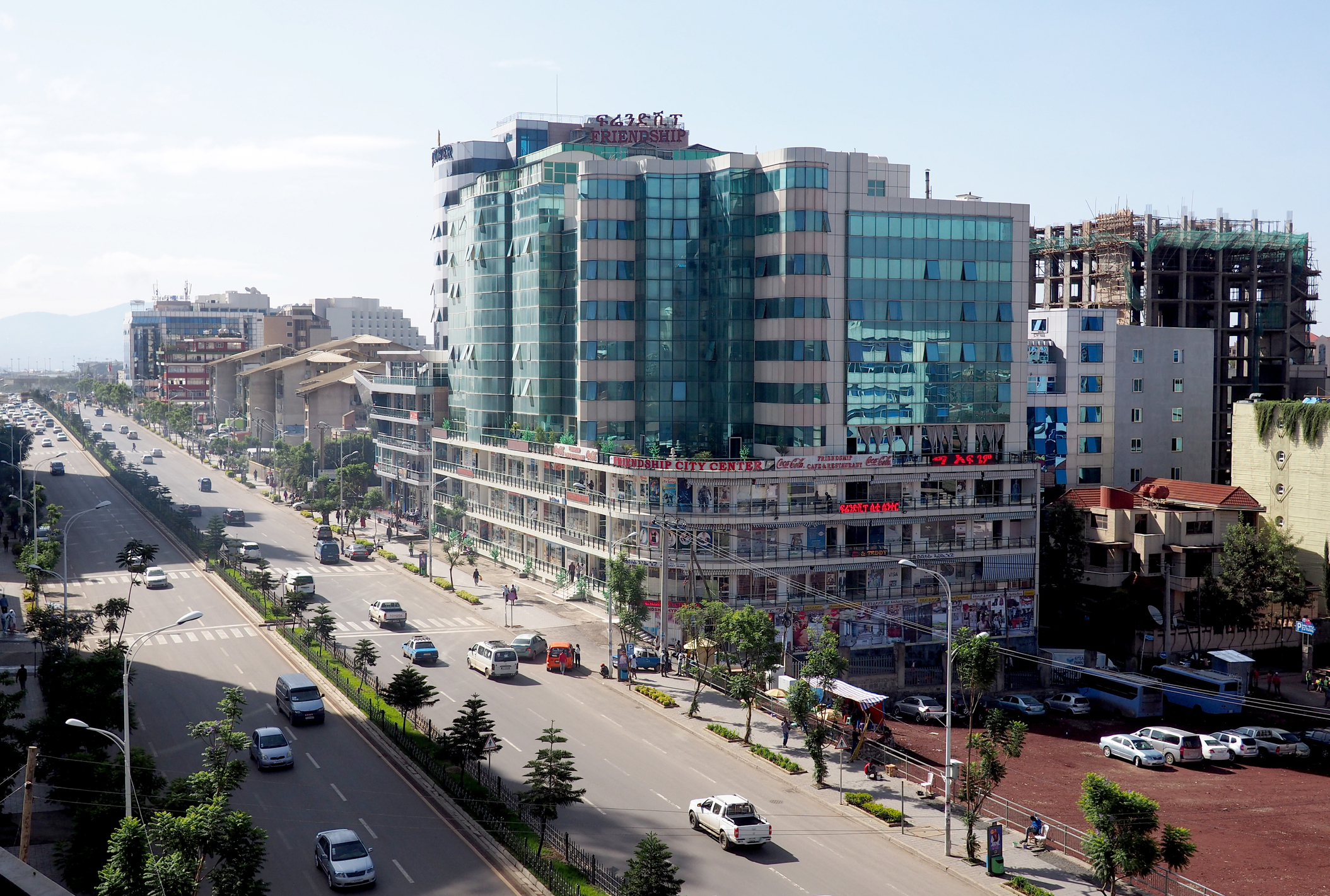
Addis Abeba
Upon arrival in the capital of Ethiopia, Addis Ababa, and after checking into the hotel, the exploration of the city begins. Addis Ababa stands as a melting pot of nationalities and cultures, combining roughly 80 ethnic groups and as many languages, with Christian and Muslim communities dominating.
The city tour starts with a visit to Mount Entoto, offering panoramic views of the city and its picturesque surroundings. The journey continues to the National Museum, renowned for its impressive collection of paleontological finds, including the famous Lucy, and various historical artifacts.
The tour concludes with a visit to the Holy Trinity Cathedral, the second most significant church in Ethiopia and the final resting place of Emperor Haile Selassie. Overnight in Addis Ababa.
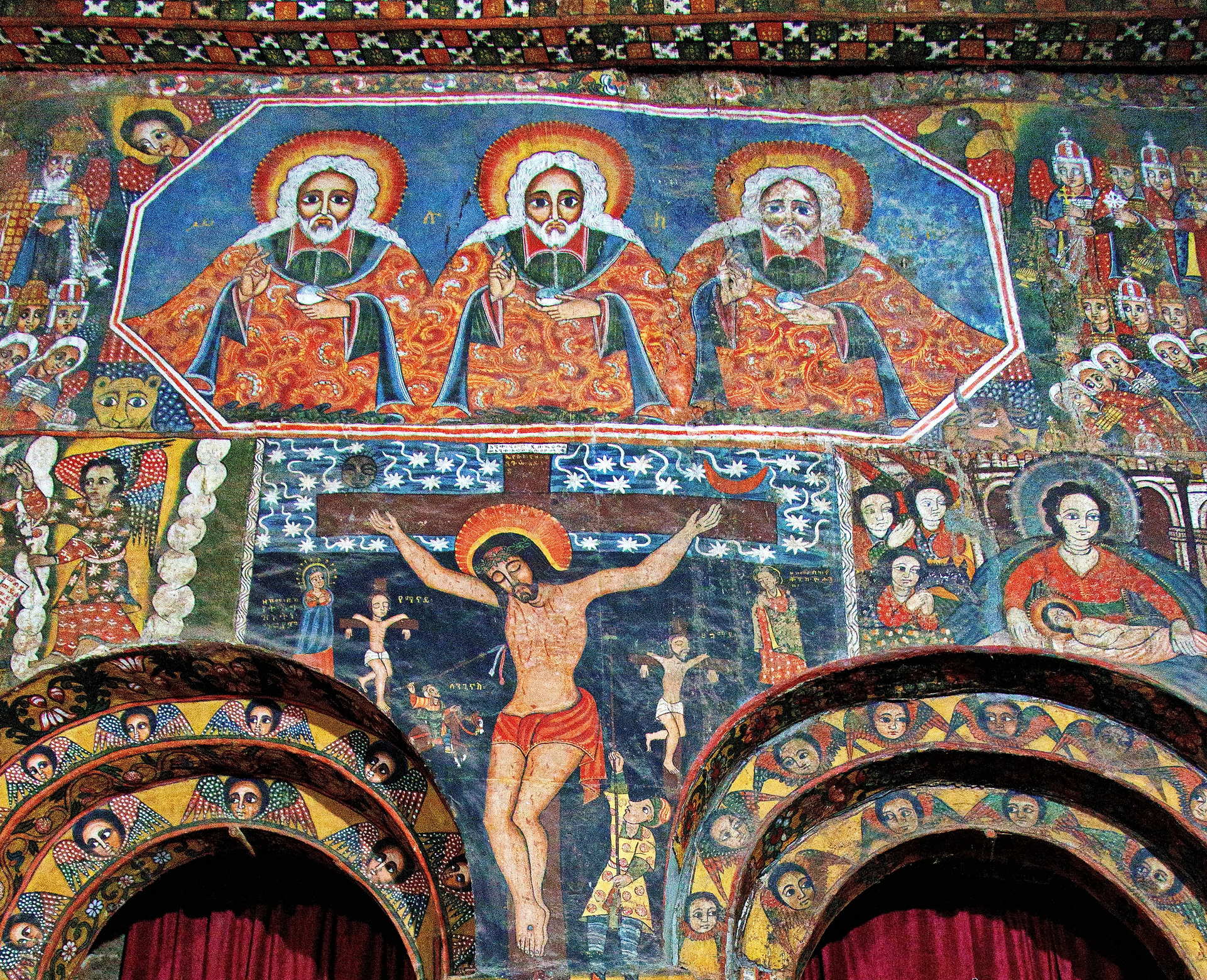
Bahir Dar - Lake Tana - Blue Nile Falls
After breakfast, the journey continues to the airport for a flight to Bahir Dar, an attractive city on the shores of Lake Tana, serving as a base for exploring the monasteries around Lake Tana and the Blue Nile Falls.
Upon arrival, a boat trip is planned to the Zeghie Peninsula to visit the Ura Kidane Mihret monastery, renowned for its beautiful wall paintings and sacred religious manuscripts.
Lake Tana, the source of the Blue Nile, is lined with papyrus groves that provide shelter for many birds and hippos. These creatures can occasionally be spotted at the river’s outlet from the lake. To experience the power of the Blue Nile, a trip 30 kilometers downriver to the Blue Nile Falls is essential. Although river water levels may vary, the visit to the falls remains a worthwhile endeavor.
The day ends with a return to Bahir Dar for the night.
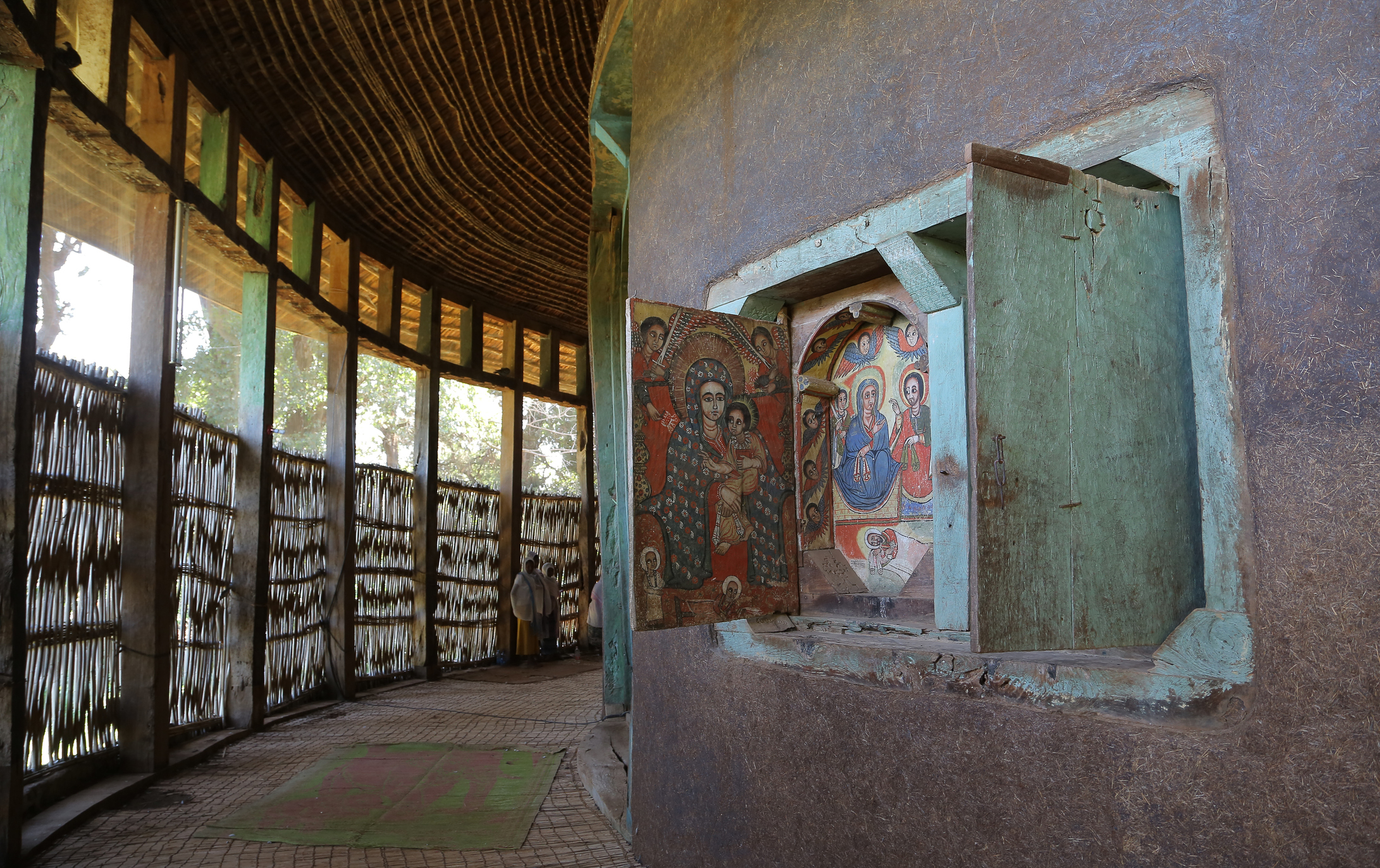
Simien Mountains
After breakfast, the day involves a drive to Simien Mountains National Park, often referred to as the “roof of Africa” or the “Tibet of Africa.” The Simien Mountains are among the most pristine and beautiful massifs on the continent. They offer some of the most stunning views in the world, opportunities for wildlife encounters, and interactions with local communities. Among the rugged peaks, plateaus intersected by valleys and covered in grasses, many endemic animal species make their home.
Amidst the cloud-immersed plateaus, there’s a great chance to encounter the Walia ibex, the klipspringer, and the gelada baboons. Geladas, also known as the ‘bleeding-heart monkeys’ due to the red patch on their chests, are the last representatives of the grazing primates, primarily feeding on grass.
The day concludes with a return to Gondar for dinner and overnight stay.
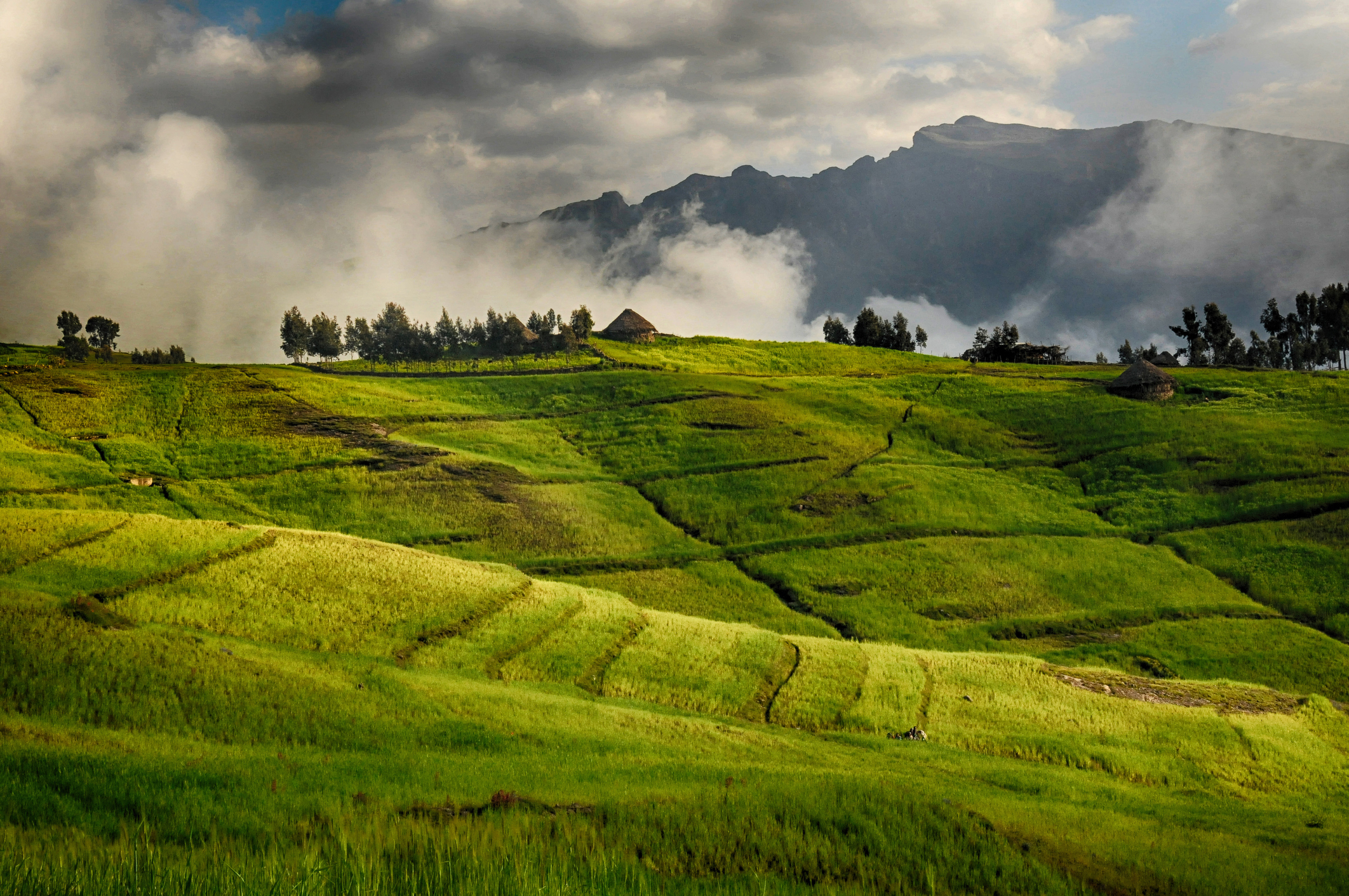
Gondar
After breakfast, the journey from Bahir Dar to Gondar begins, once the capital of Ethiopia. The route is adorned with picturesque landscapes and incredible rock formations.
Upon arriving in Gondar, the city tour starts at the Royal Enclosure (Fasil Ghebbi), a complex of castles and buildings constructed by successive Ethiopian emperors starting in the early 17th century. The entire complex showcases a unique blend of Hindu-Arabic-Portuguese architectural styles. Additionally, a visit to the Debre Birhan Selassie Church (Church of the Holy Trinity) is planned, renowned for its religious paintings and iconic ceiling depicting numerous angels.
The day ends with a return to Gondar for dinner and overnight stay.
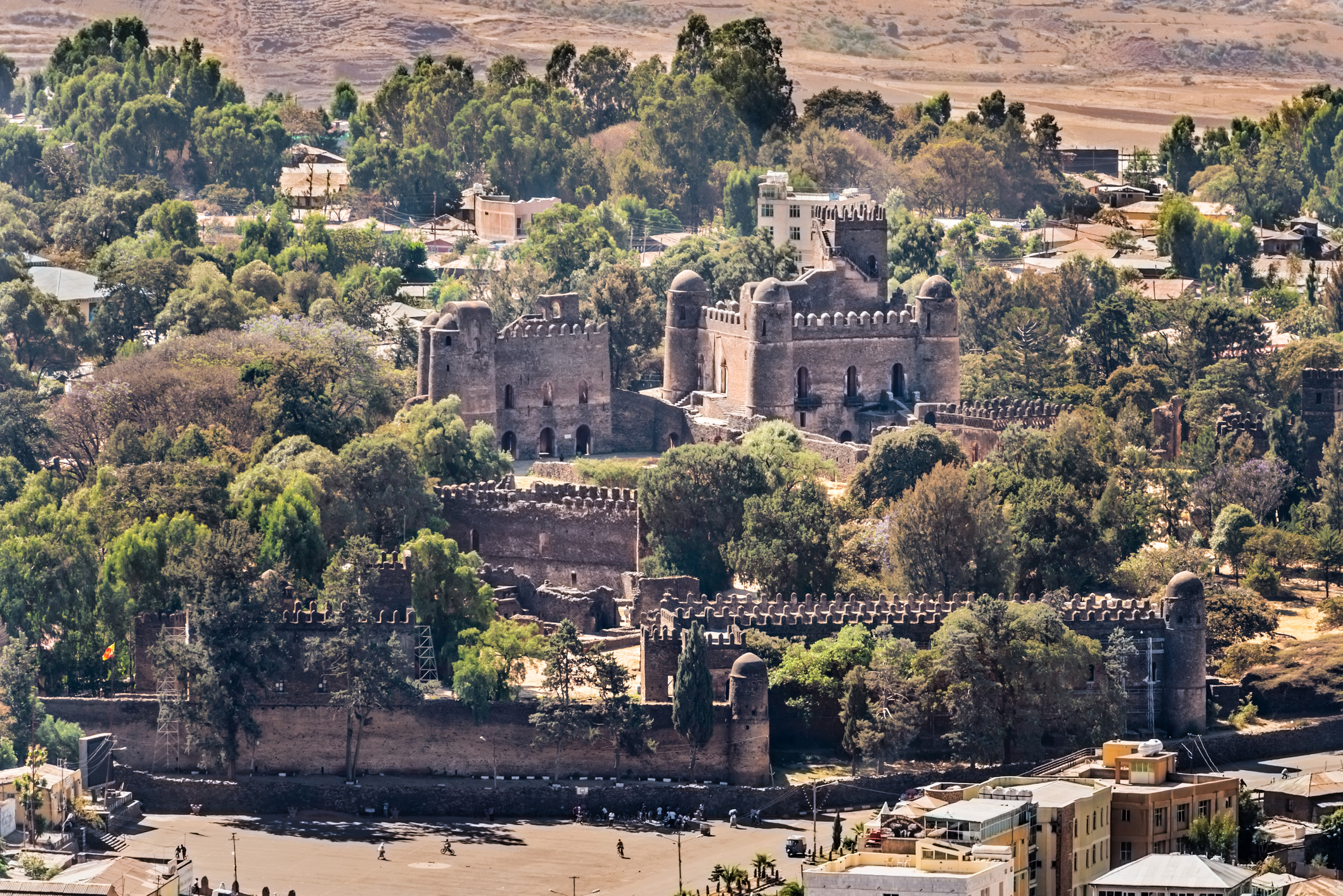
Lalibela
After breakfast, there’s a transfer to the airport for a flight to Lalibela, often referred to as the “Jerusalem of Africa.” This site is a lesser-known world wonder and serves as the spiritual heart of Ethiopia, attracting numerous Christian pilgrimages. It is famed for its monumental churches carved directly out of solid rock. Legend has it that King Lalibela built these churches following a divine command, with angels assisting in their construction.
The day’s itinerary includes visiting these rock-hewn churches, starting with the First Group and a small museum housing priceless relics, including parchments and crosses. The tour concludes with the exploration of the monolithic Church of Bete Giyorgis (St. George), crafted in the shape of a Greek cross. It is the newest and most renowned among the 11 churches in Lalibela.
The day ends with an overnight stay at a hotel in Lalibela.
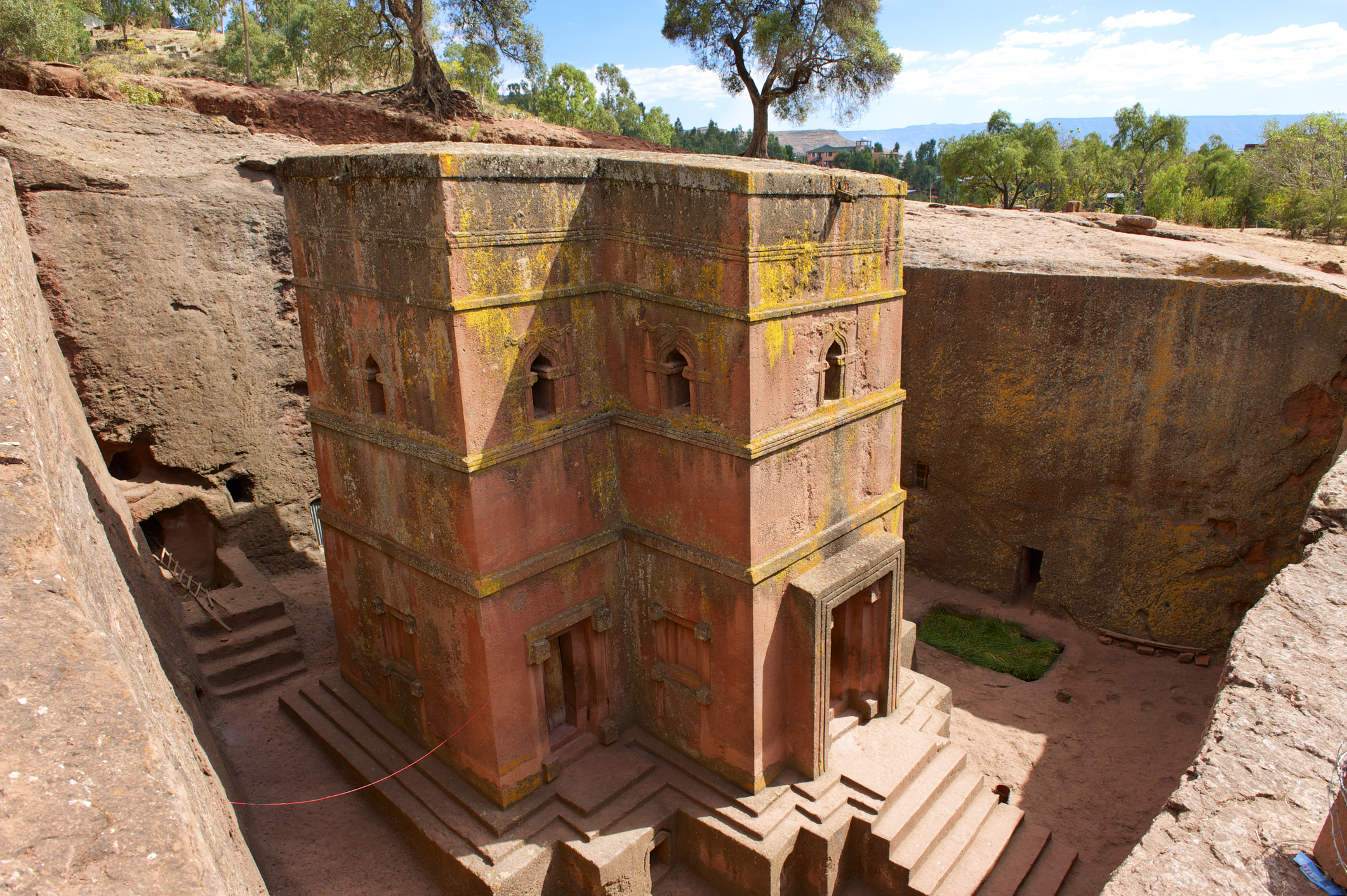
Yimerehane Kerestos
Today’s journey continues with the exploration of sacred sites in Lalibela. The famed Yimrehane Kerestos monastery, built inside a cave and located about 42 km from Lalibela, is on the itinerary. This monastery holds significant historical importance, having been constructed before the era of King Lalibela. It serves as a veritable bridge linking the architectural heritage of Aksum with the later rock-hewn churches of Lalibela. Its natural setting, protruding wooden beams, plastered stones, ceiling paneling, and intricately carved geometric patterns make it architecturally stunning.
After returning to Lalibela, the late afternoon will be spent participating in a traditional Ethiopian coffee ceremony in a local home, an expression of hospitality.
The day concludes with an overnight stay in Lalibela.
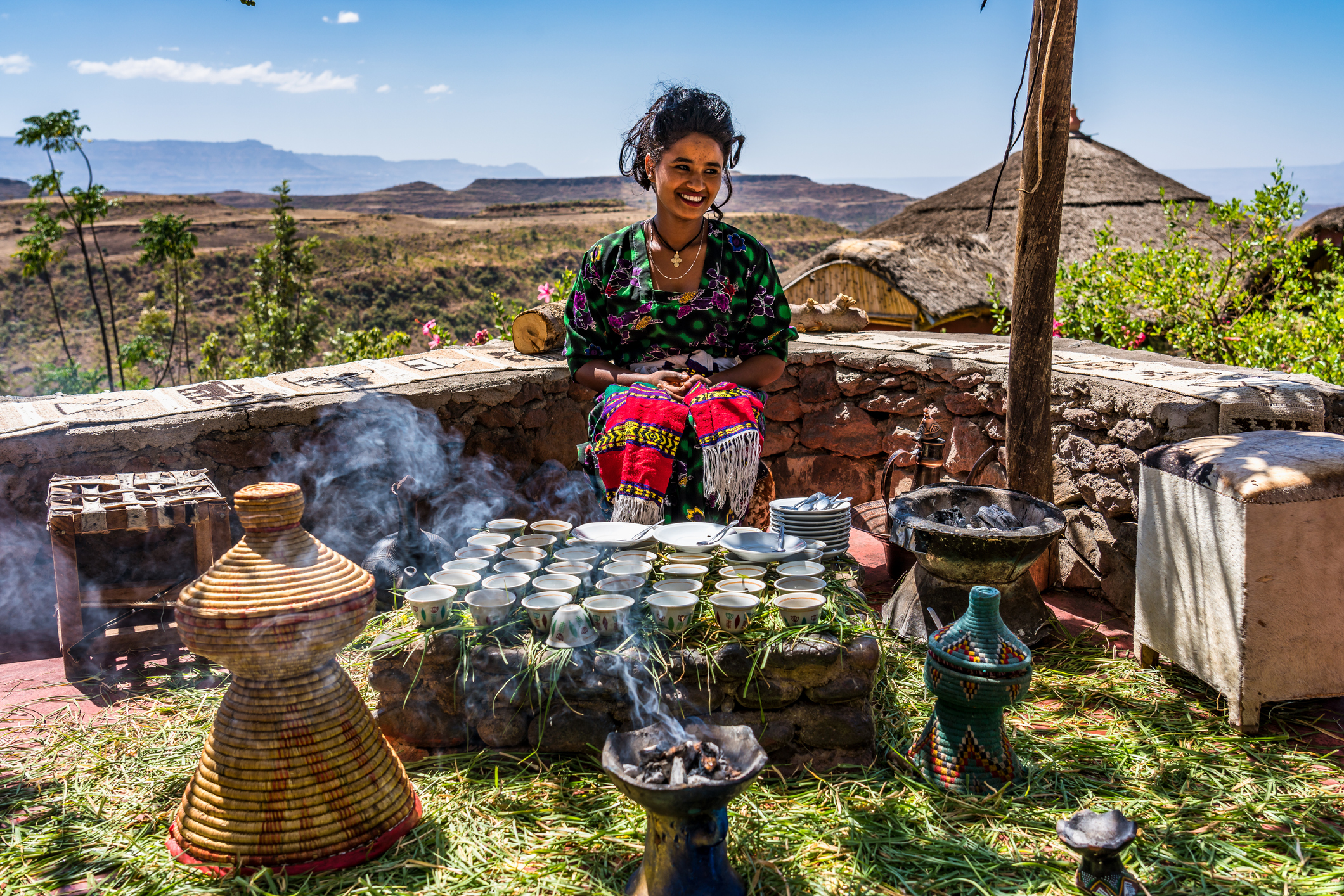
Addis Abeba
In the morning after breakfast, there will be a transfer to the airport for the flight back to Addis Abeba. Depending on the flight times, there might be an opportunity to explore the city if time permits.
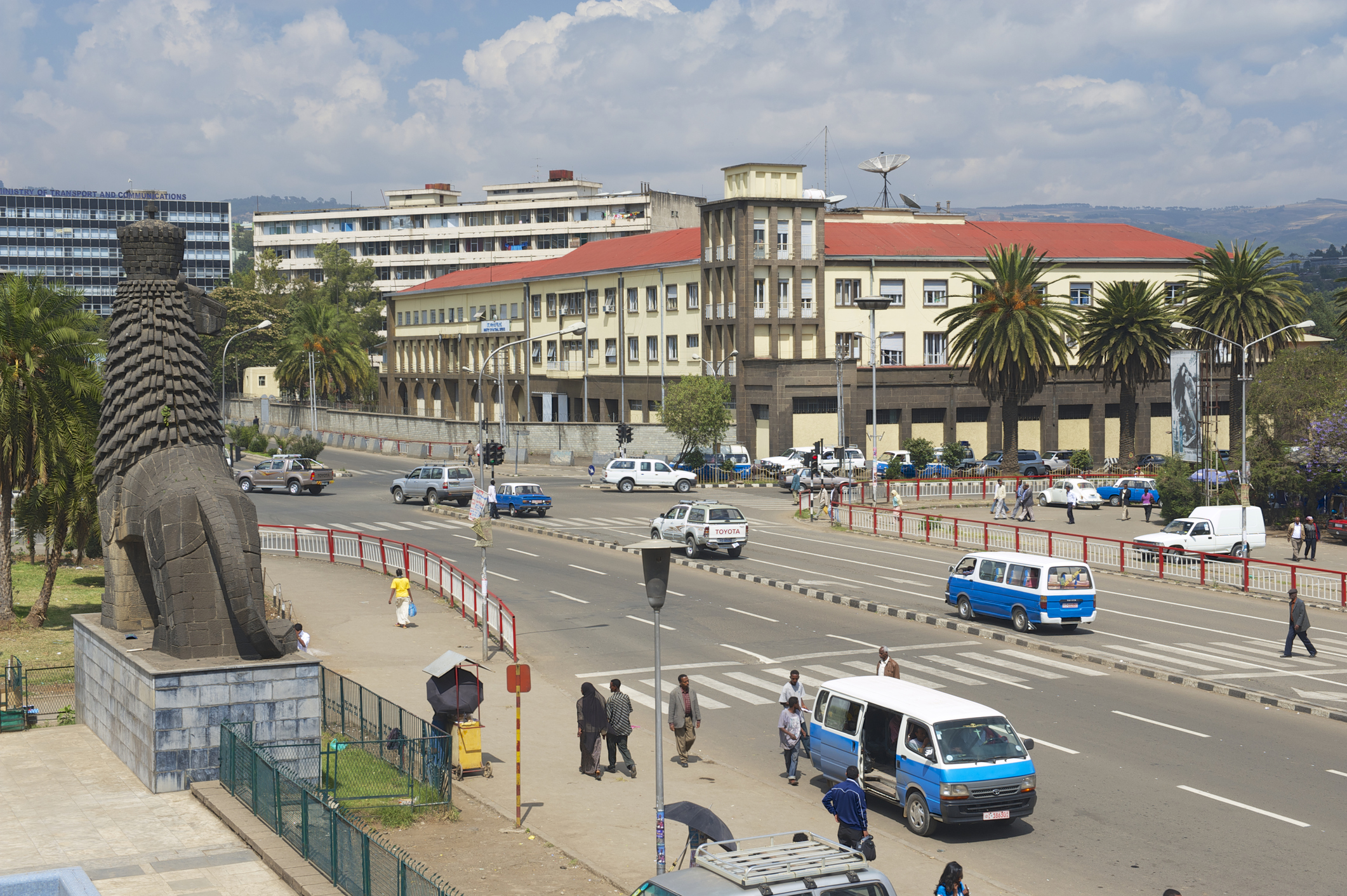
Addis Abeba - Arba Minch
In the morning after breakfast, a transfer to the airport will take place for a short flight to Arba Minch, known in Amharic as “Forty Springs.” Upon arrival, a boat trip on Lake Chamo is scheduled, offering a chance to see abundant waterbirds, hippos, and notably, some of the largest crocodiles in Africa, which can grow up to six meters long. The highlight of the lake excursion is the thrill of sailing in a boat that is shorter than the crocodiles themselves.
In the afternoon, the journey continues to Chencha, home of the Dorze people, famed for their beehive-shaped bamboo houses and high-quality cotton weavings. During the visit to the Dorze village, there will be opportunities to witness the authentic village life, including traditional cooking methods and hospitality customs.
The day ends with an overnight stay in Arba Minch.
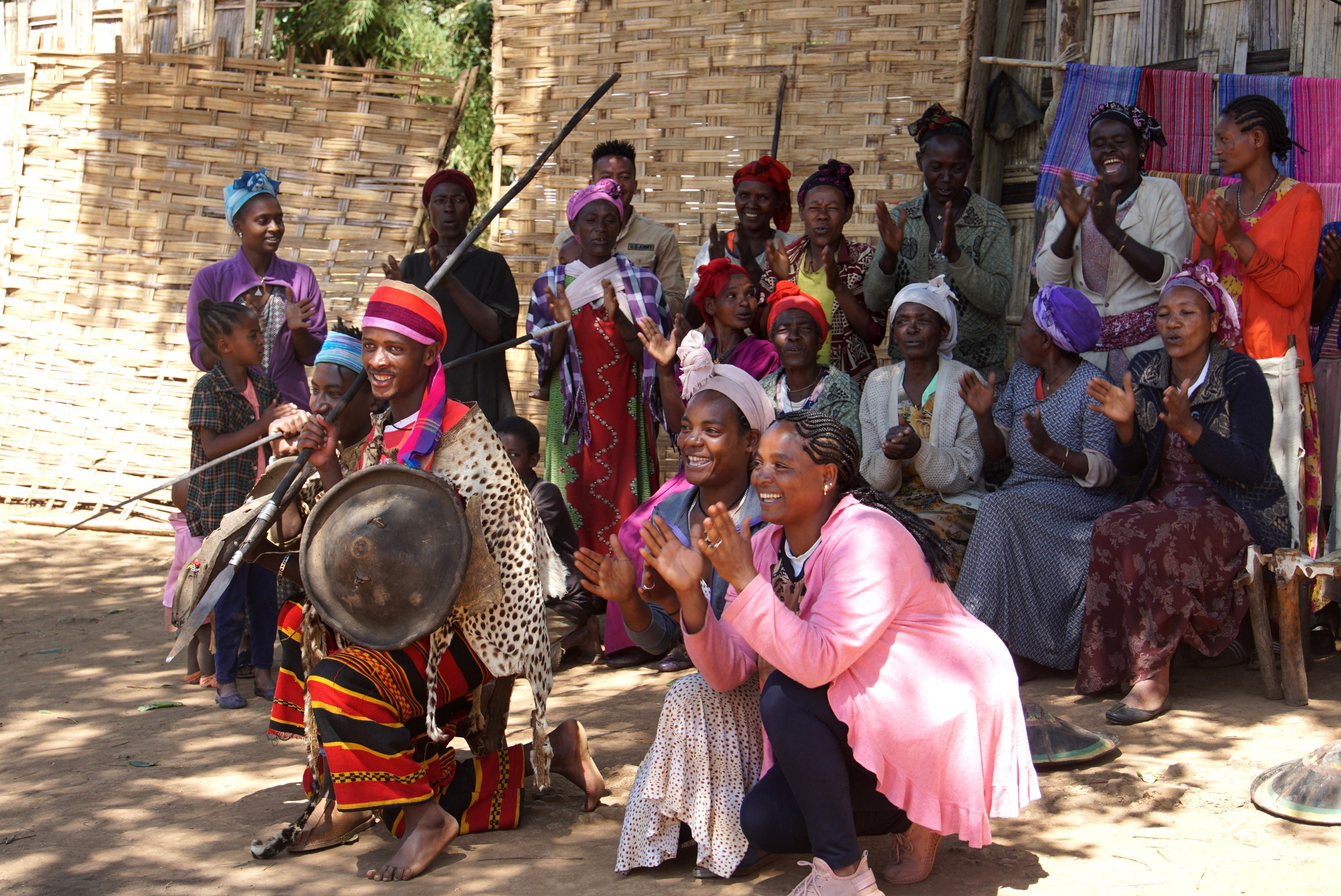
Arba Minch - Konso - Turmi
After breakfast, the journey continues south to Turmi, with a brief visit to Konso along the way—a UNESCO World Heritage Site. The cultural landscape of the Konso people showcases the social cohesion and shared values of the community. It is a spectacular example of a living cultural tradition that spans 21 generations (over 400 years) and has been adapted to its arid, harsh environment.
The Konso are known for living in villages surrounded by stone terraces, strategically placed on high hills for defense purposes. They primarily subsist on agriculture, growing vegetables, fruits, and grains; notably sorghum, which is used to make a thick local beer or flour. The stone terraces that surround their villages and fields have earned a place on the UNESCO World Heritage list.
After exploring the Konso village, lunch will follow, and then the journey to Turmi continues, which serves as the base for visiting the Hamar, Kara, and Dasenech tribes. During the stay in Turmi, there might be an opportunity to witness a bull-jumping ceremony and the Evangadi dance ceremony.
Overnight stay at a lodge in Turmi.
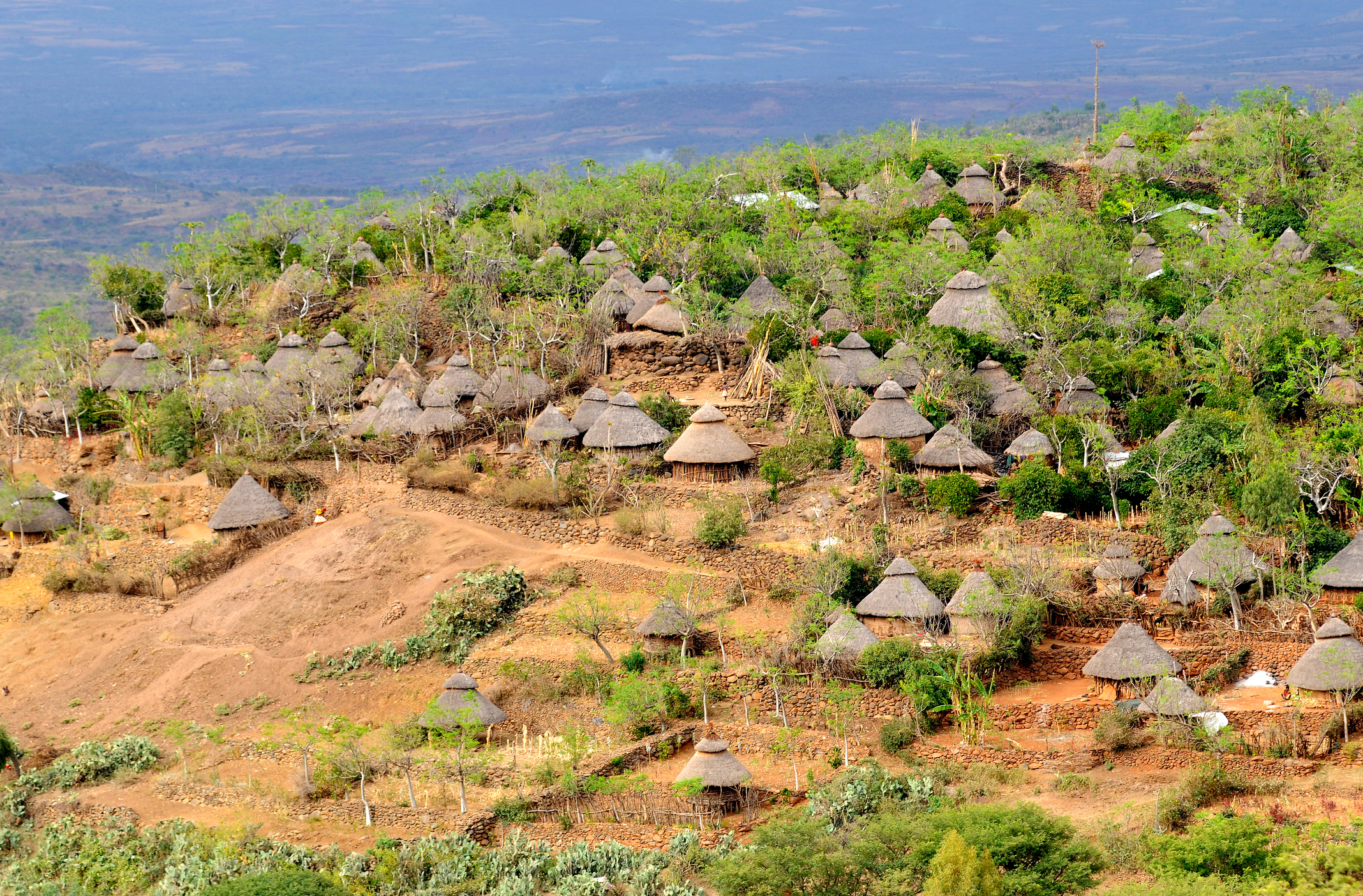
Turmi - Omorate - Turmi
After breakfast, the journey heads towards the Omo River to reach the Dasenech village. A local boat is used to cross the river and visit the Dasenech, one of the southernmost tribes of the Omo Valley. Their traditional lifestyle revolves around pastoralism, agriculture, and fishing. They maintain a distinct cultural identity expressed through their unique language, traditional dress, and artistic customs. Their intricate beadwork is particularly renowned, as it is used to create jewelry and ornaments.
Lunch is enjoyed back in Turmi, and the afternoon features a visit to a Hamar village. The Hamar are an exceptionally charming tribe, considered to be among the most beautiful in Ethiopia. In their culture, men braid their hair into fine braids and cover their skin with a special powder made from rancid butter mixed with red clay, which is also applied to their hair. They primarily engage in sheep and goat farming, foraging, hunting, and beekeeping.
The day concludes with a return to Turmi for an overnight stay and dinner.

Turmi - Jinka
Today, Turmi is left behind as the journey leads toward Jinka. Along the way, a stop is made at a village of the Karo tribe, celebrated for their expertise in body piercing and painting.
Upon arrival in Jinka, a visit to a nearby village inhabited by the Ari tribe is scheduled. The Ari people, the largest group in the Omo region, are recognized for their beautiful gardens, pottery, and iron forging. Their villages thrive on fertile, picturesque lands filled with coffee plantations. They keep large herds and produce substantial quantities of honey. The night concludes with a stay at a hotel in Jinka.
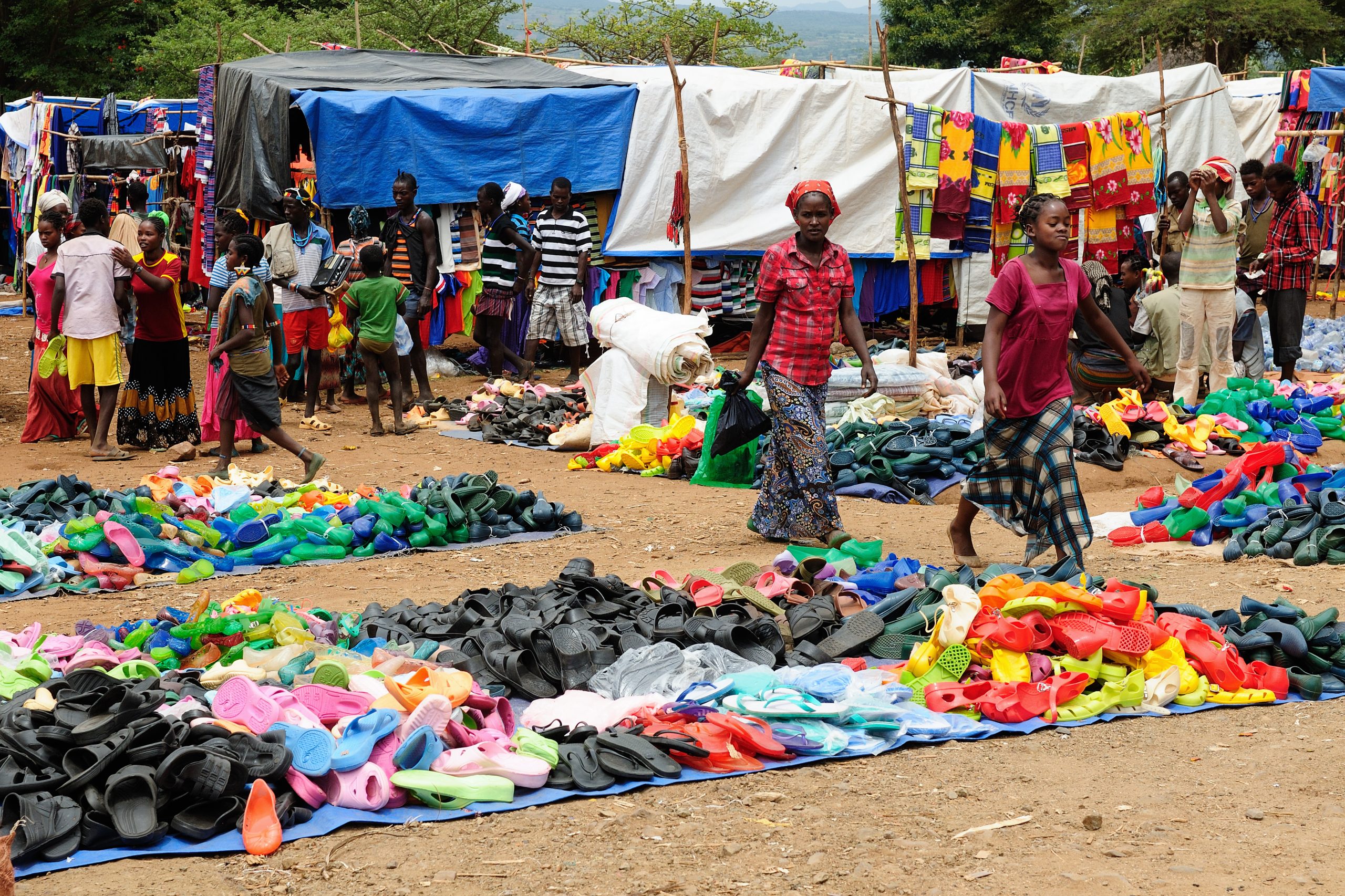
Mursi -Jinka -Addis Abeba
Today marks the final day of the expedition in the Omo Valley. The Mursi tribe, one of the most extraordinary and well-known tribes in the Omo Valley, is visited. Mursi women are recognized for wearing large, circular plates in their lower lips, while the men are noted for their decorative body painting and elaborate hairstyles. To reach the Mursi villages, a journey through Mago National Park is undertaken.
Following this, a return to Jinka is made, from where a flight to Addis Ababa is taken. The remainder of the day is dedicated to souvenir shopping. In the evening, a farewell dinner featuring traditional music is enjoyed before heading to the airport for the final departure.
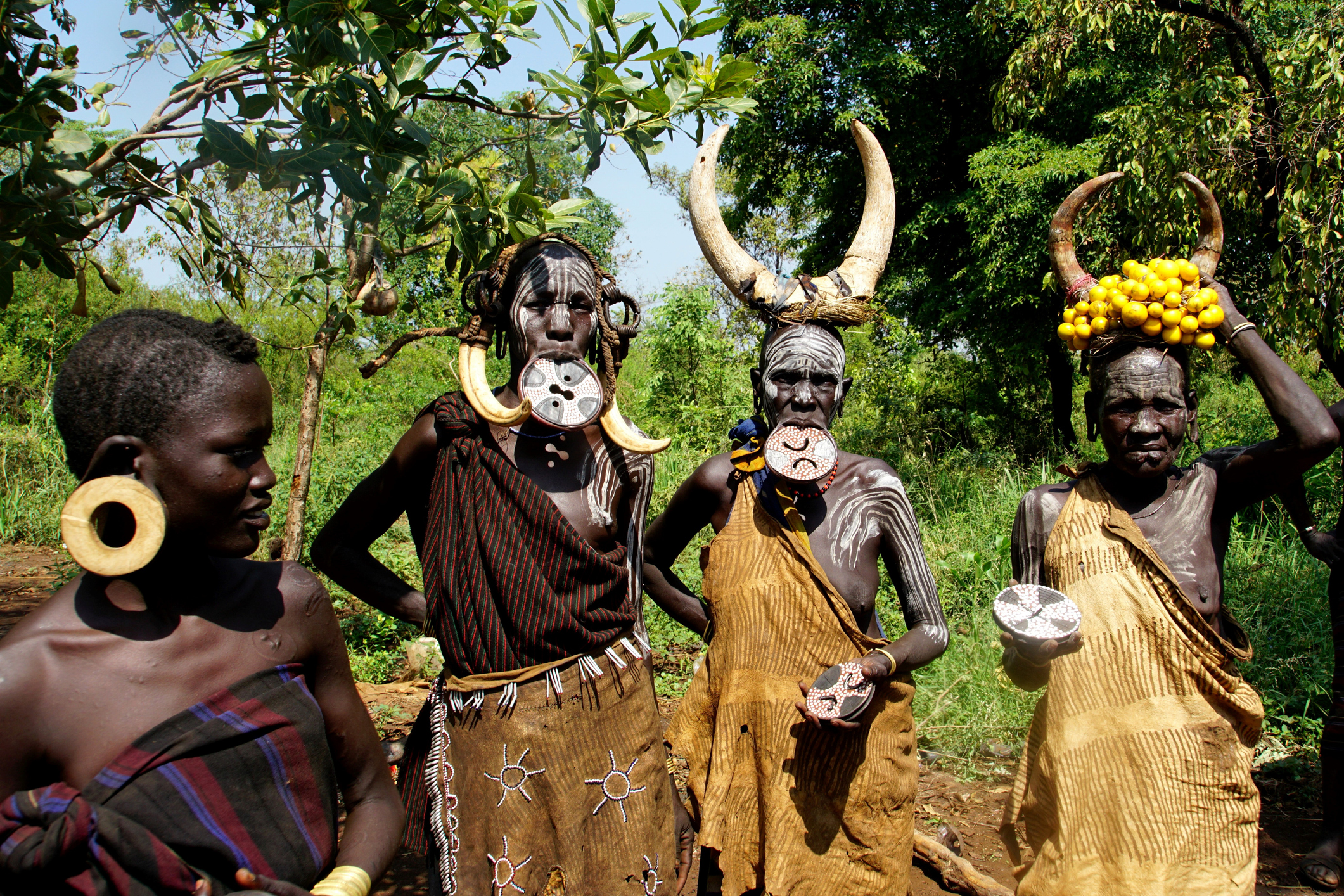
Chicago
Arrival in Chicago or another destination. Farewell to the group.
If Ethiopia has captured your hearts, you are invited to join Rek Travel for another expedition. Perhaps this time it will be Africa: 1 continent, 4 countries, or maybe Namibia.
Ethiopia 2024/2025: Historical Route and Omo Valley Expedition
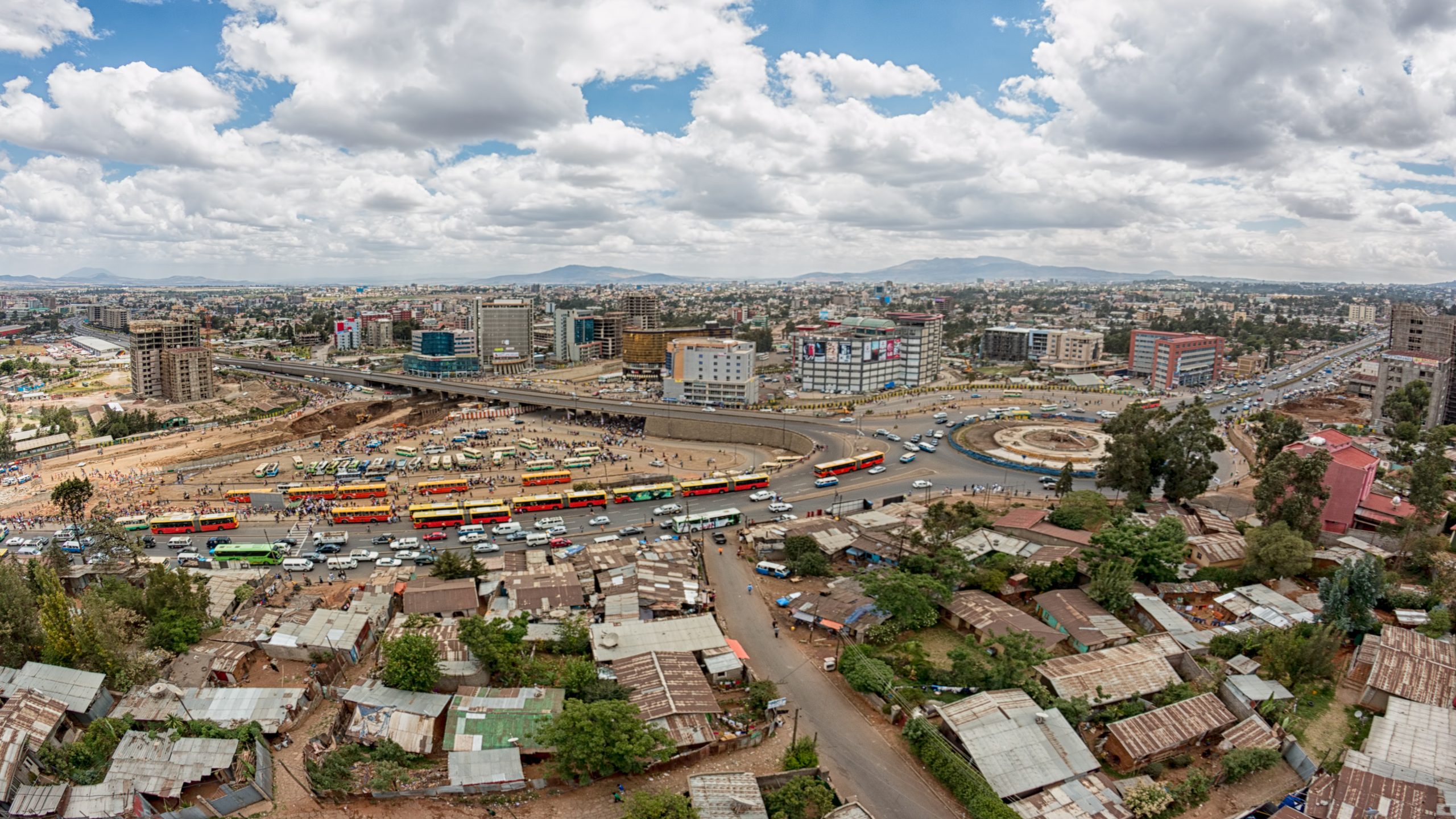
The company is not responsible for any loss of customer's property due to burglary, theft, loss, etc. We also do not assume responsibility for any losses incurred by the customer in motels. Rek Travel reserves the right to change the itinerary due to circumstances beyond its control. The customer is obliged to comply with the tour regulations. Tour participants are insured according to the requirements of the US Department of Transportation for a total amount of $500,000 (insurance policy available upon request). Participants may opt for additional insurance coverage for hospital and outpatient treatment of illnesses acquired during the tour, as well as accidents in visited facilities (further information available at the office) for an additional fee.
 Rek Travel Adventure
Rek Travel Adventure